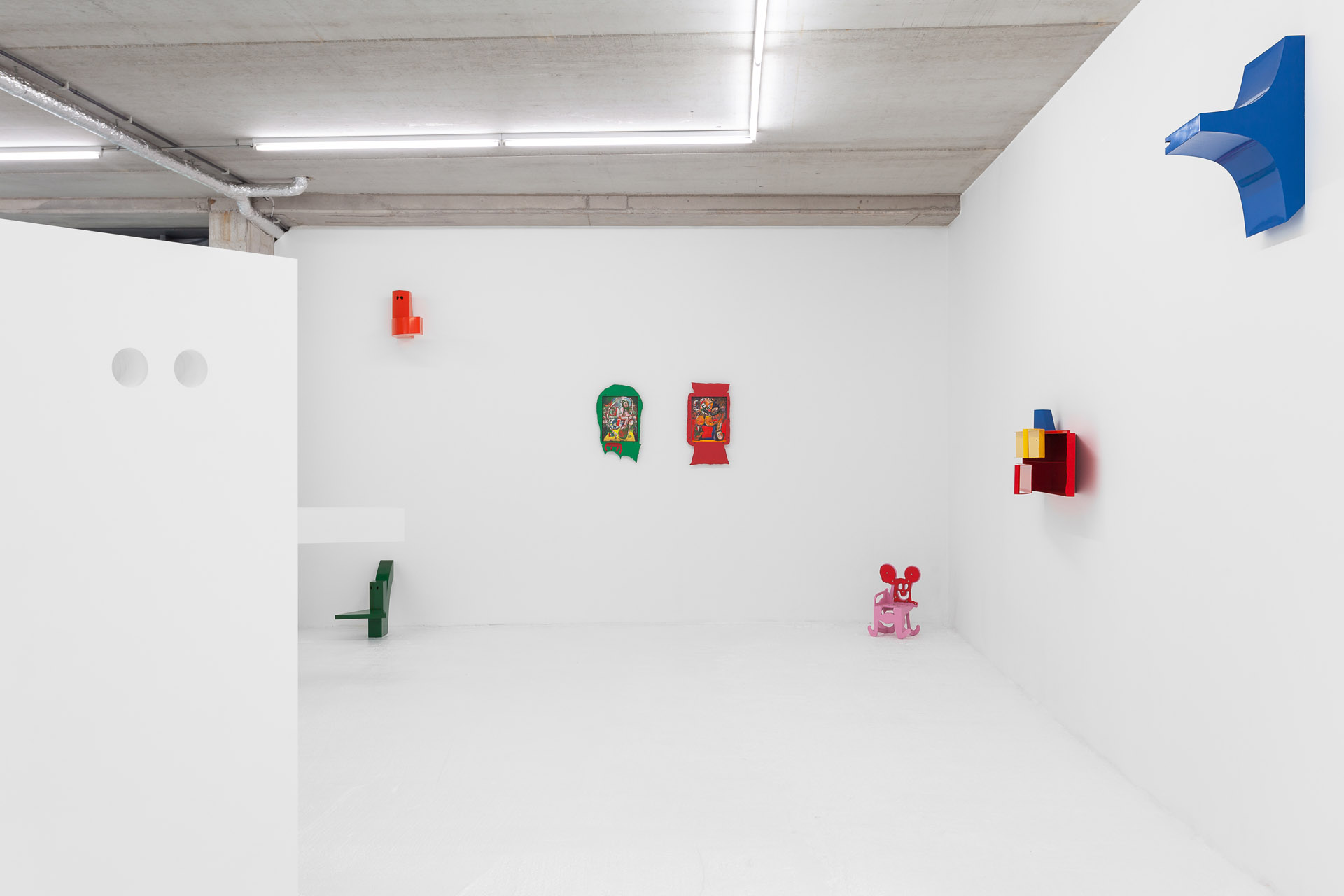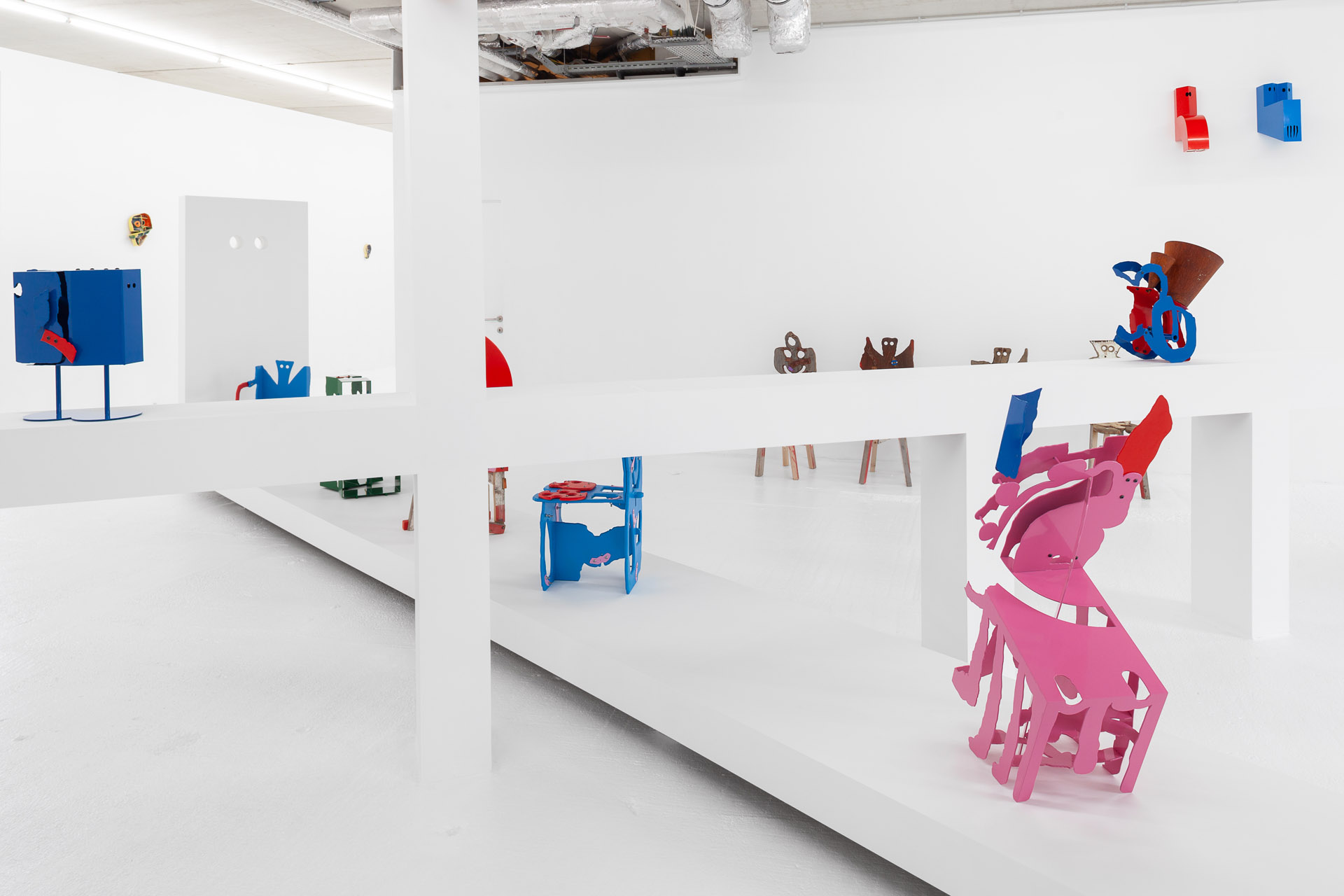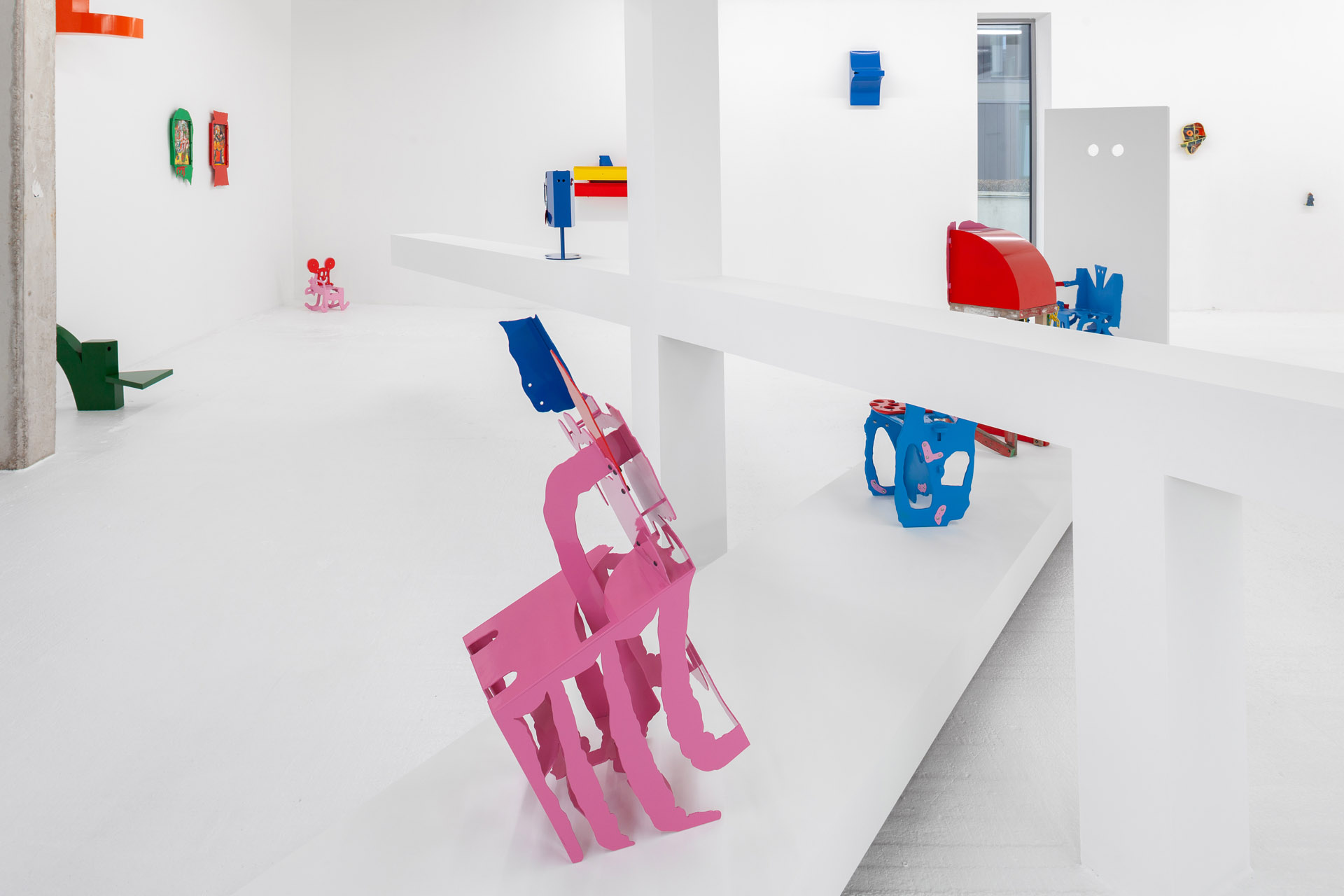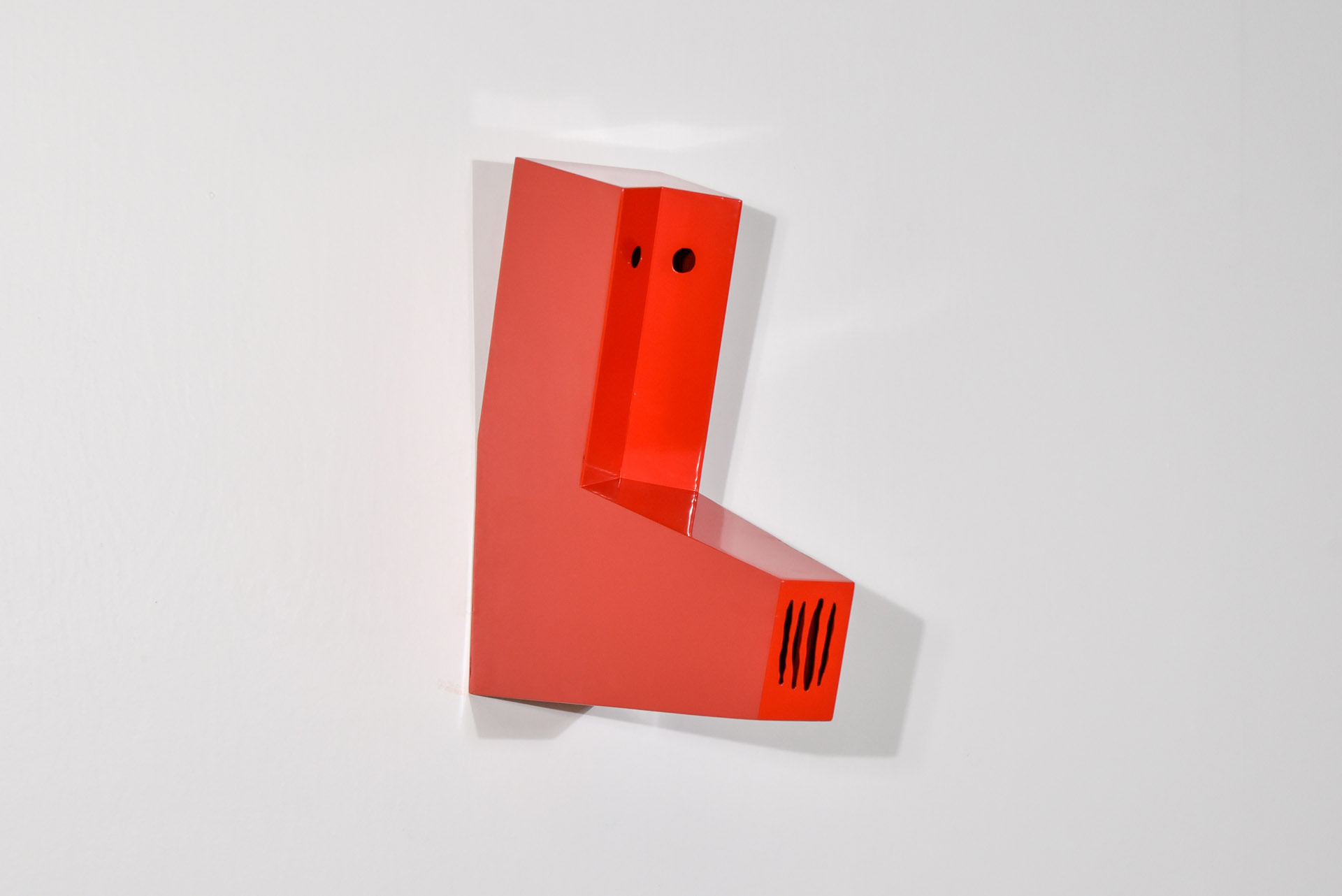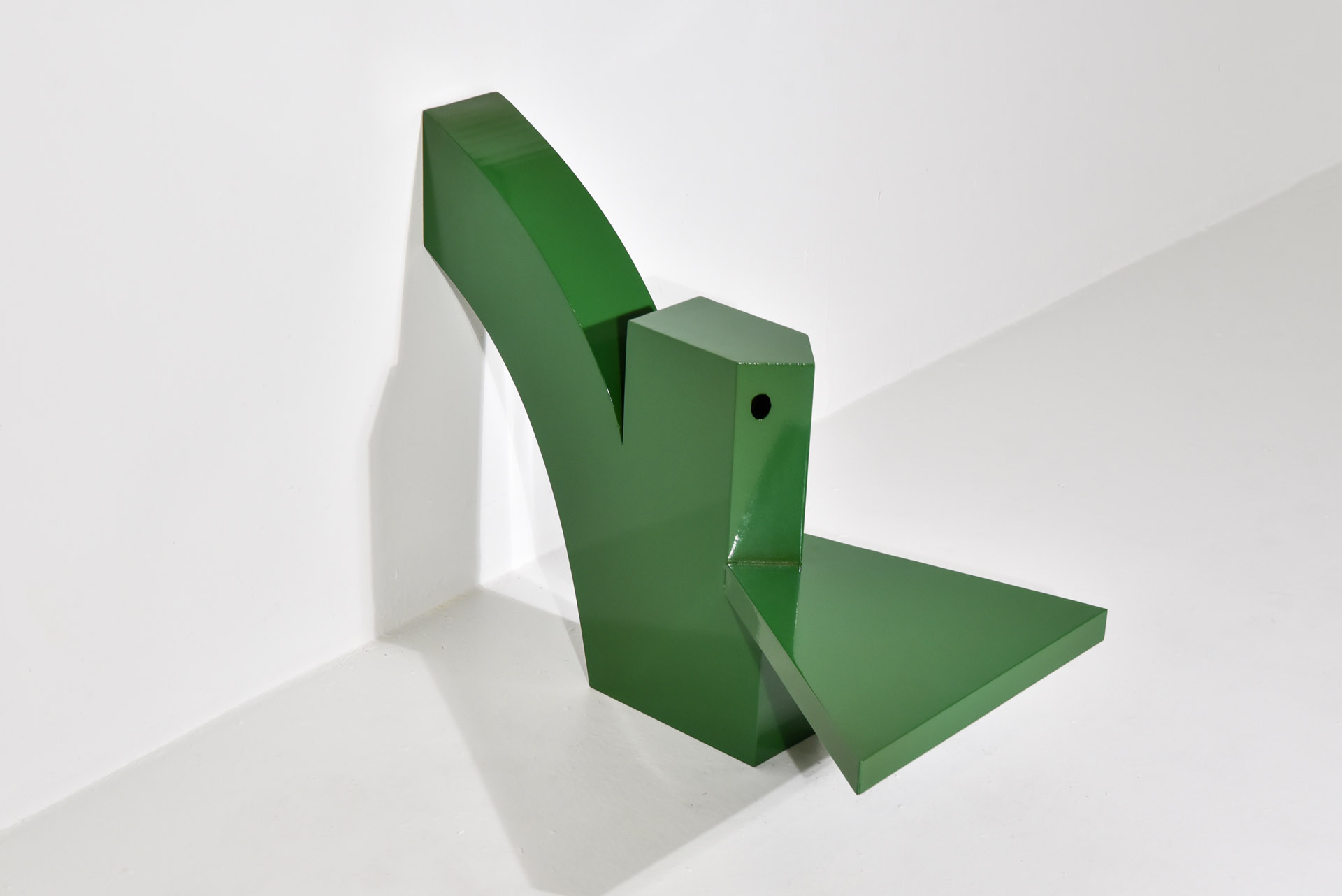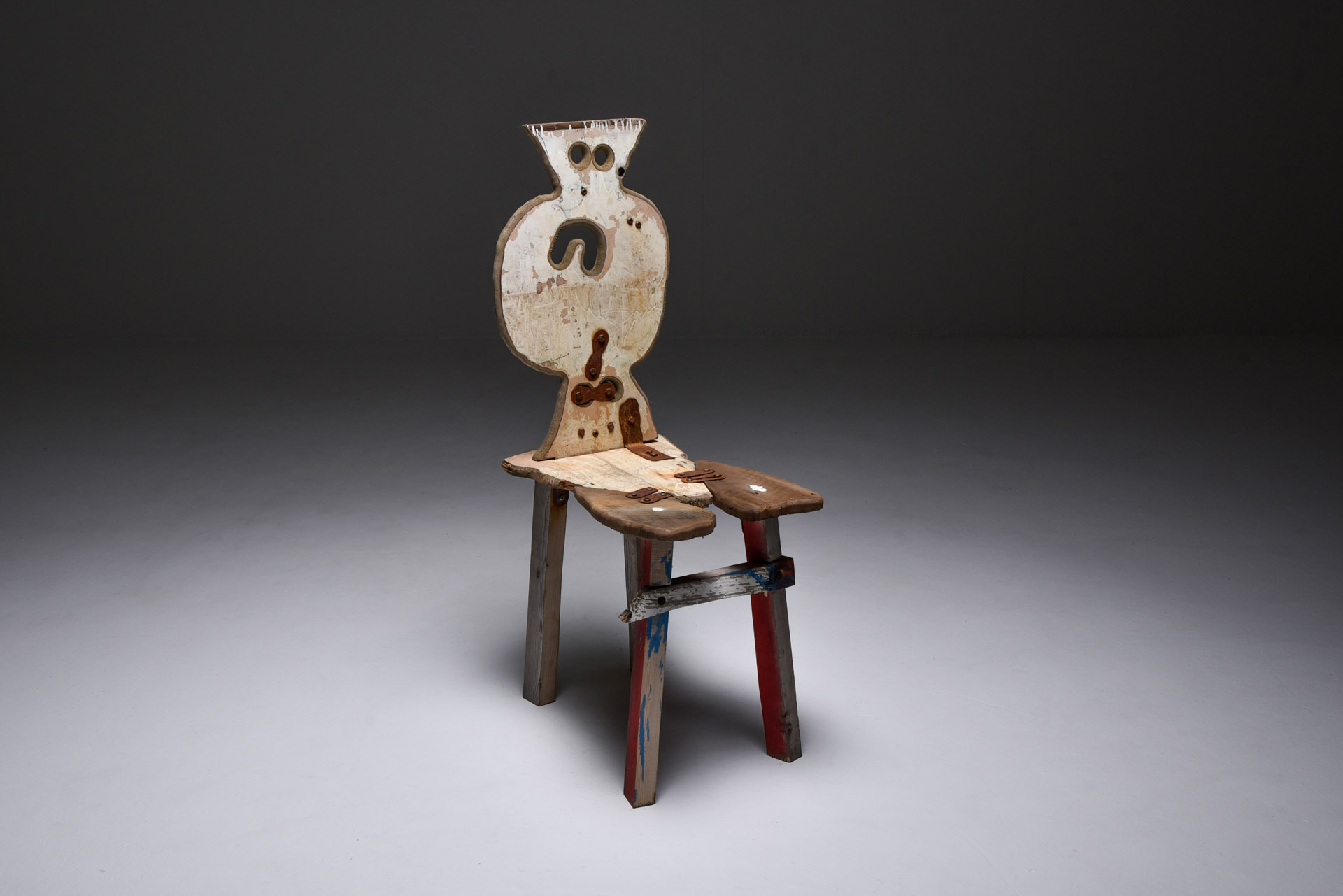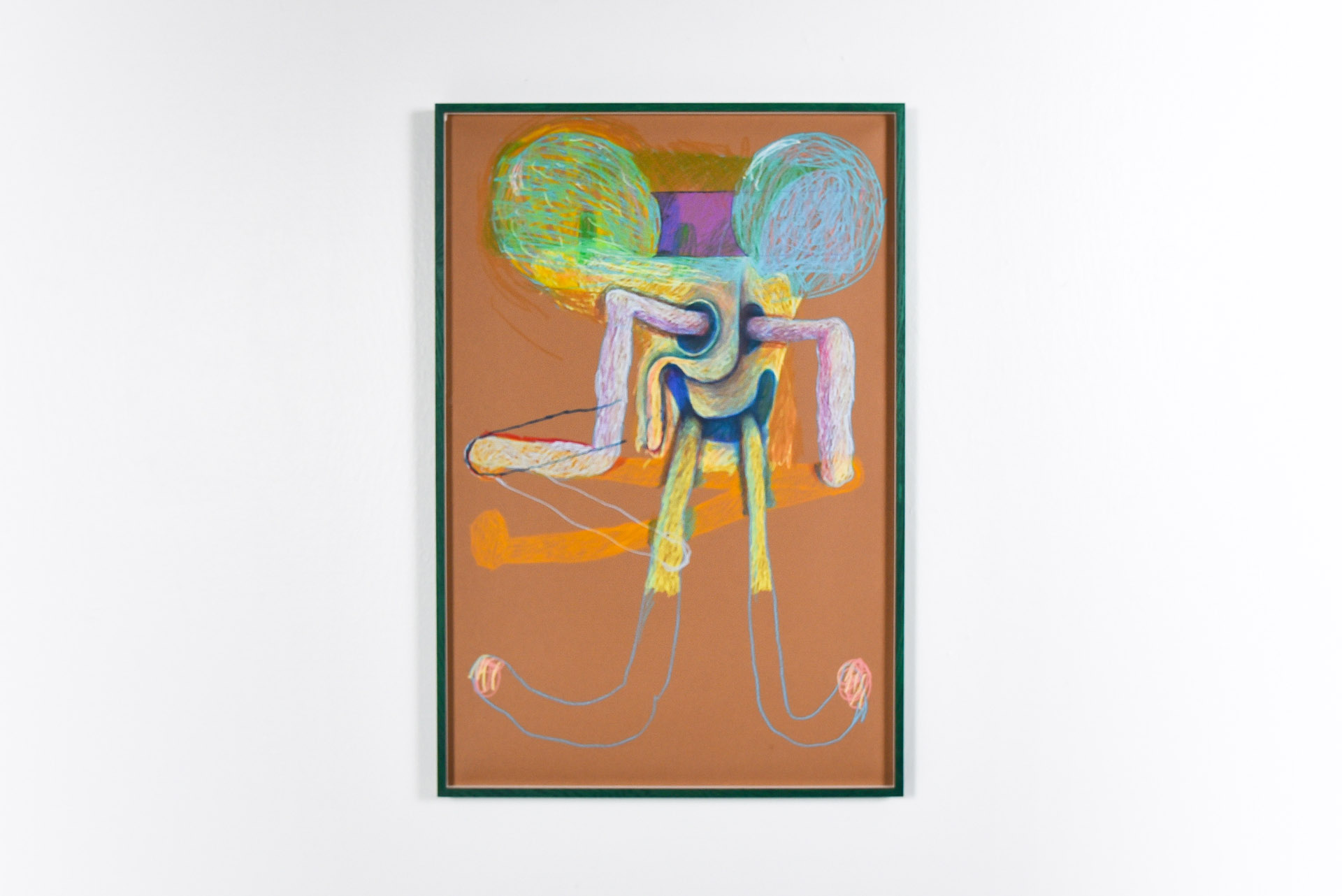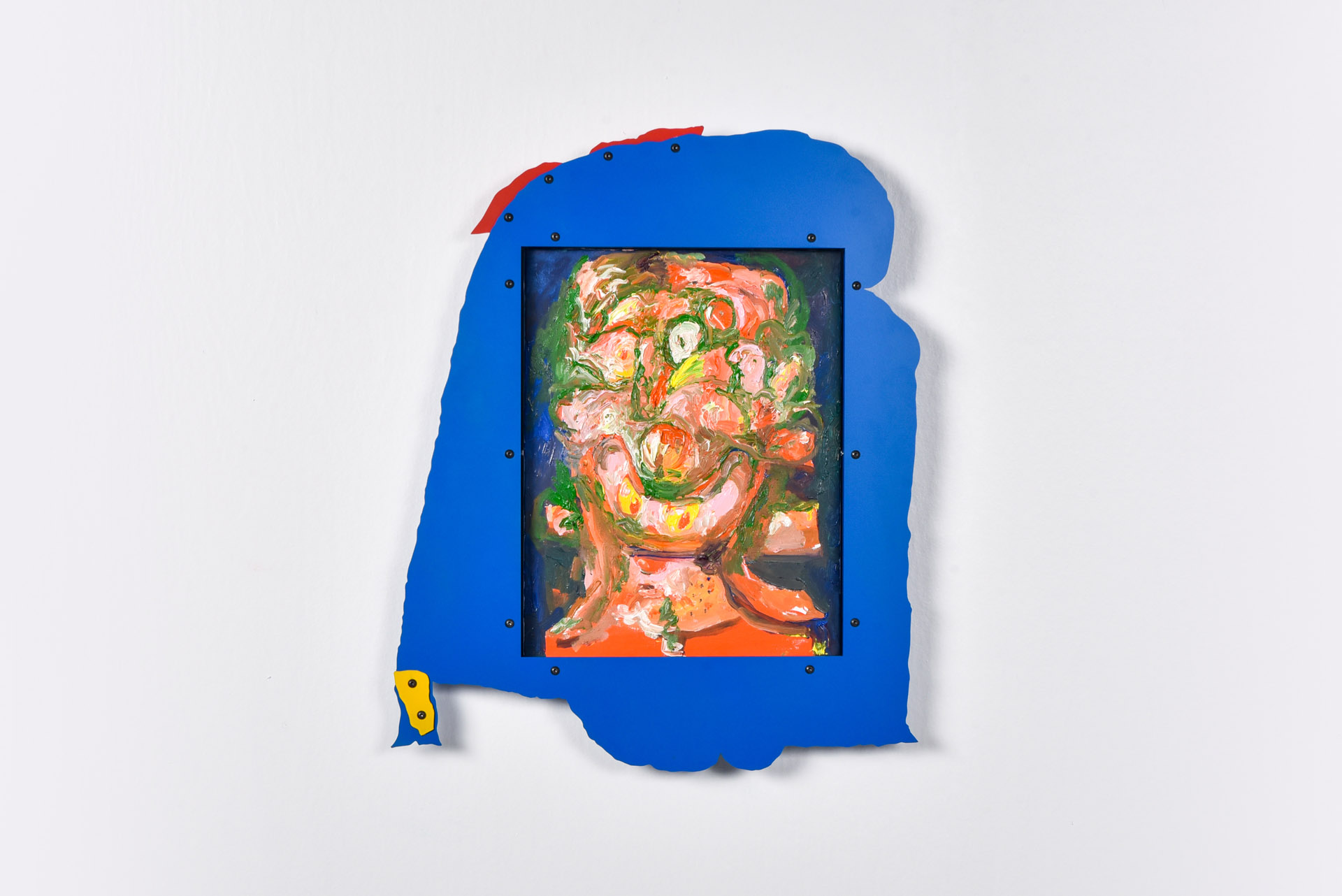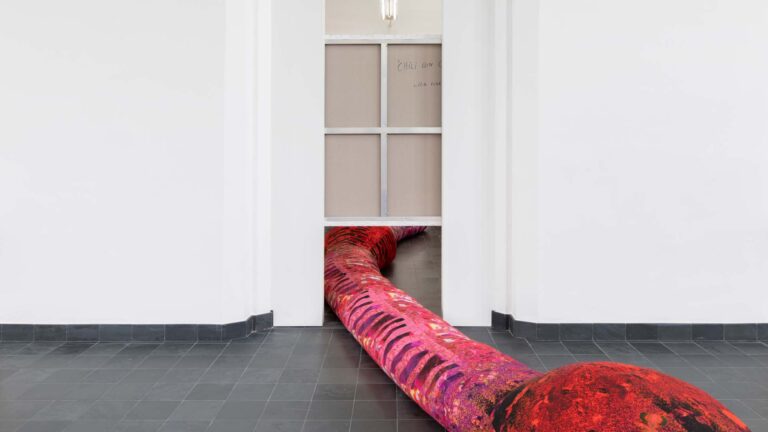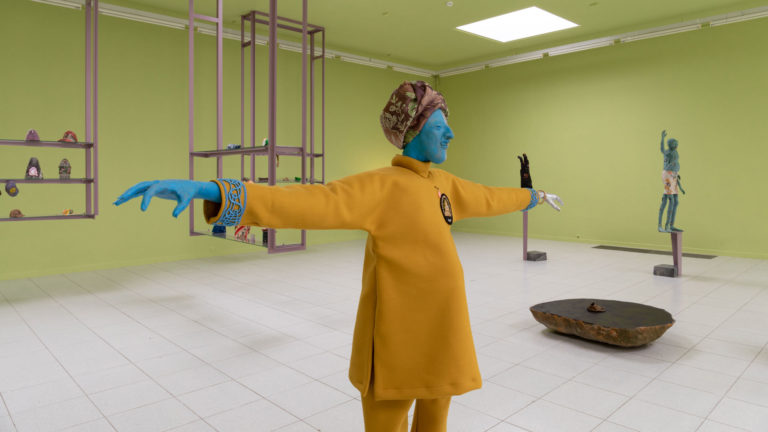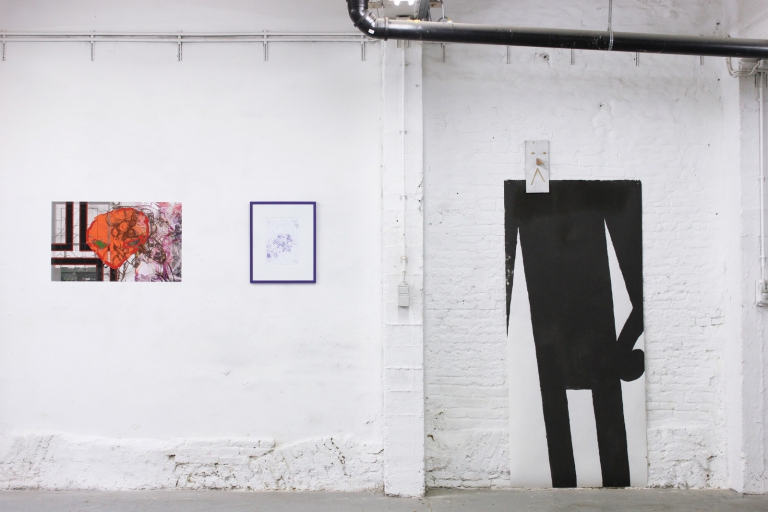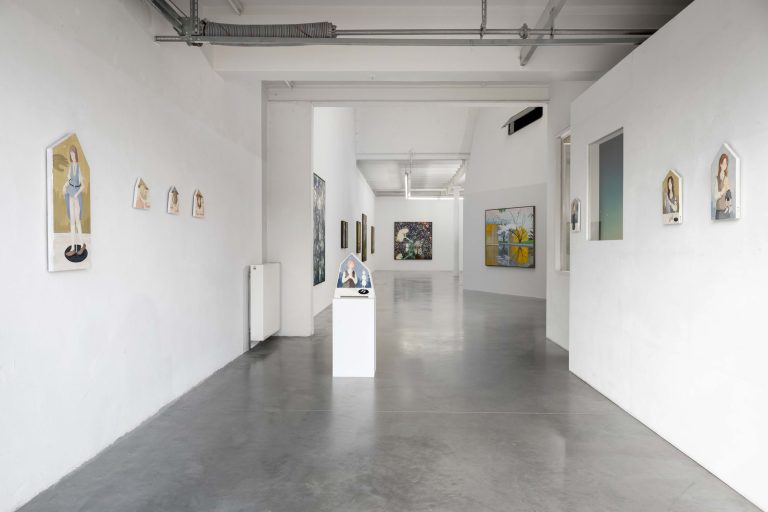Artist: Serban Ionescu
Exhibition title: In Order of Appearance
Venue: Everyday Gallery, Antwerp, Belgium
Date: March 20 – April 24, 2021
Photography: Silvia Cappellari, Seppe Elewaut / all images copyright and courtesy of the artist and Everyday Gallery, Antwerp
Born in Romania in 1984, Serban Ionescu was 10 when he migrated to the United States; old enough to vividly remember witnessing the assassination of Nicolae Ceausescu on live television in December 1989, and young enough to playfully but wholeheartedly embrace American culture during his teenage years.
Trained as an architect, Ionescu is acutely aware of space and scale and takes those skills, as well as specific architectural techniques, into the realm of design, painting and sculpture. Ionescu’s pieces, either sculptures or chairs, play with the interconnection of surfaces and planes as buildings could.
Virtually all of Ionescu’s works have one common foundation: the exploration of the act of drawing. Far from resting on the finely developed technical drawing skills he developed as an architect and designer, Ionescu is more interested in the act of unlearning drawing. He lets his lines emerge freely, without aim. Similar to automatic drawing, his instinctual technique taps into the unbridled joy of drawing as a child. Close to a doodle made on a napkin, drawing emerges here in its purest form.
These loosely drawn shapes without intent or purpose are then digitally processed, allowing the artist to experiment with shape, scale and color like only an architect would. We ultimately end up with the kind of sculptural works, designs and cut-outs that express Ionescu’s unique aesthetic language.
Amongst this varied body of work, Ionescu’s works conjure up an almost cinematic reality, in which characters seem to emerge from piece to piece. Hence also the title of the show, In order of appearance. The title refers to the way actors tend to be credited in films, but also to the way that one moves through the exhibition. Progressing from piece to piece, the viewer slowly becomes aware of the story that brings all these pieces together and that turns these objects into characters. This cinematic quality is always present in the work of Ionescu; it forms the backdrop against which his works come to life.
This cinematic and dreamlike quality is also present in another way in Ionescu’s work. The childlike drawing technique that he employs may indicate carelessness, but in Ionescu’s case there is also an oblique reference to his own, dreamlike memories of living in the final days of communist Romania as a child. This is not so much about politics per se as it is about an atmosphere, a feeling, a memory. Thus, Ionescu connects carelessness and the dreamlike memories of political turmoil, childhood joy and childhood anxiety – all through the seemingly innocent act of doodling. Whether one sees things as careless or dangerous, Ionescu seems to say, is a matter of scale and perspective – the two things he likes to play with as an artist.
Text by Bram Ieven




